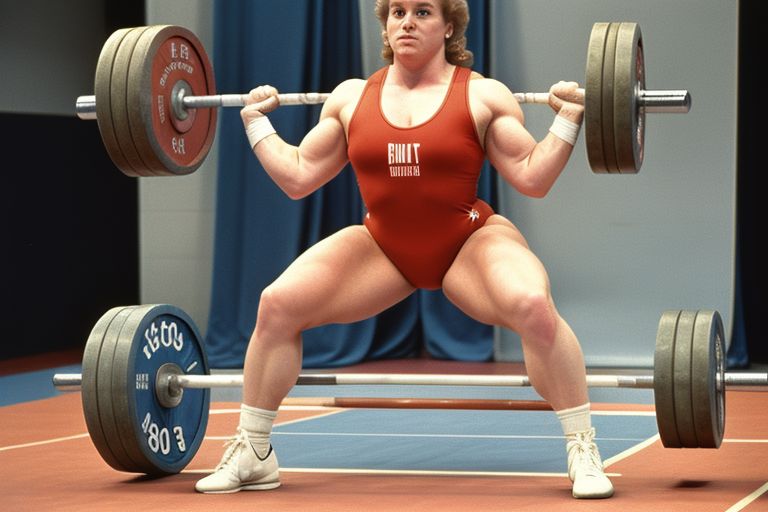Lifting heavy objects can be a daunting task, especially when it comes to avoiding back injuries. Back injuries are one of the most common types of injuries, often caused by improper lifting techniques. In fact, according to the Bureau of Labor Statistics, over one million workers suffer back injuries each year, with lifting being a major contributing factor. However, by following proper lifting techniques, you can greatly reduce your risk of back injury and keep yourself safe.
Step 1: Assess the Weight
Before attempting to lift a heavy object, it’s important to assess its weight. One common mistake people make is underestimating the weight of an object, leading them to strain their back muscles while trying to lift it. To avoid this, try to gauge the weight of the object by pushing it with your foot or by asking someone else to help you lift it. If the object feels too heavy for you to lift on your own, do not attempt to lift it. Instead, ask for assistance or use mechanical aids such as a dolly or forklift.
Step 2: Plan Your Lift
Once you have assessed the weight of the object and determined that it is safe for you to lift, it’s time to plan your lift. Start by clearing a path to the object and removing any obstacles that may hinder your lifting ability. Make sure you have a firm footing and maintain a stable stance throughout the lifting process. Additionally, consider the distance you need to carry the object and plan your route accordingly to avoid any obstructions.
Step 3: Bend Your Knees, Not Your Back
One of the most common mistakes people make while lifting heavy objects is bending at the waist instead of bending their knees. This puts unnecessary strain on the back muscles and can lead to injury. Instead, bend your knees while keeping your back straight, as this will help distribute the weight more evenly throughout your body. Keep the object close to your body as you lift, using the strength of your legs to power the lift rather than relying on your back muscles.
Step 4: Lift with Your Legs
When lifting a heavy object, it’s important to use the strength of your legs rather than your back. Your leg muscles are much larger and stronger than your back muscles, making them better equipped to handle the weight of the object. To lift the object, squat down by bending your knees and keeping your back straight. Grab the object firmly with both hands and slowly stand up, using the power of your legs to lift the object off the ground.
Step 5: Carry the Object Close to Your Body
Once you have lifted the object off the ground, be sure to carry it as close to your body as possible. This will help minimize the strain on your back muscles and provide better support for the weight of the object. Avoid twisting your body while carrying the object, as this can also lead to back injuries. Instead, pivot your entire body with your feet and take small steps to move the object to its desired location.
Step 6: Set the Object Down Safely
When setting the object down, be sure to do so in a controlled manner to avoid injury. Again, bend your knees while keeping your back straight and slowly lower the object to the ground. Avoid dropping the object or twisting your body as you set it down, as this can cause strain on your back muscles. Once the object is safely on the ground, take a moment to rest and recover before continuing with any additional lifting tasks.
That is what you need to know – and follow – to greatly reduce your risk of back injury when lifting heavy objects. Remember to always assess the weight of the object, plan your lift, bend your knees (not your back), lift with your legs, carry the object close to your body, and set the object down safely. By incorporating these tips into your daily routine, you can keep yourself safe and healthy while lifting heavy objects. So next time you’re faced with a challenging lift, remember these tips and keep your back safe.
Don’t keep this valuable information to yourself – share it with your friends, family, and colleagues. Together, we can promote safe lifting practices and reduce the risk of back injuries for everyone. Start implementing these techniques today and make a positive change in your lifting habits. Your back will thank you for it!



